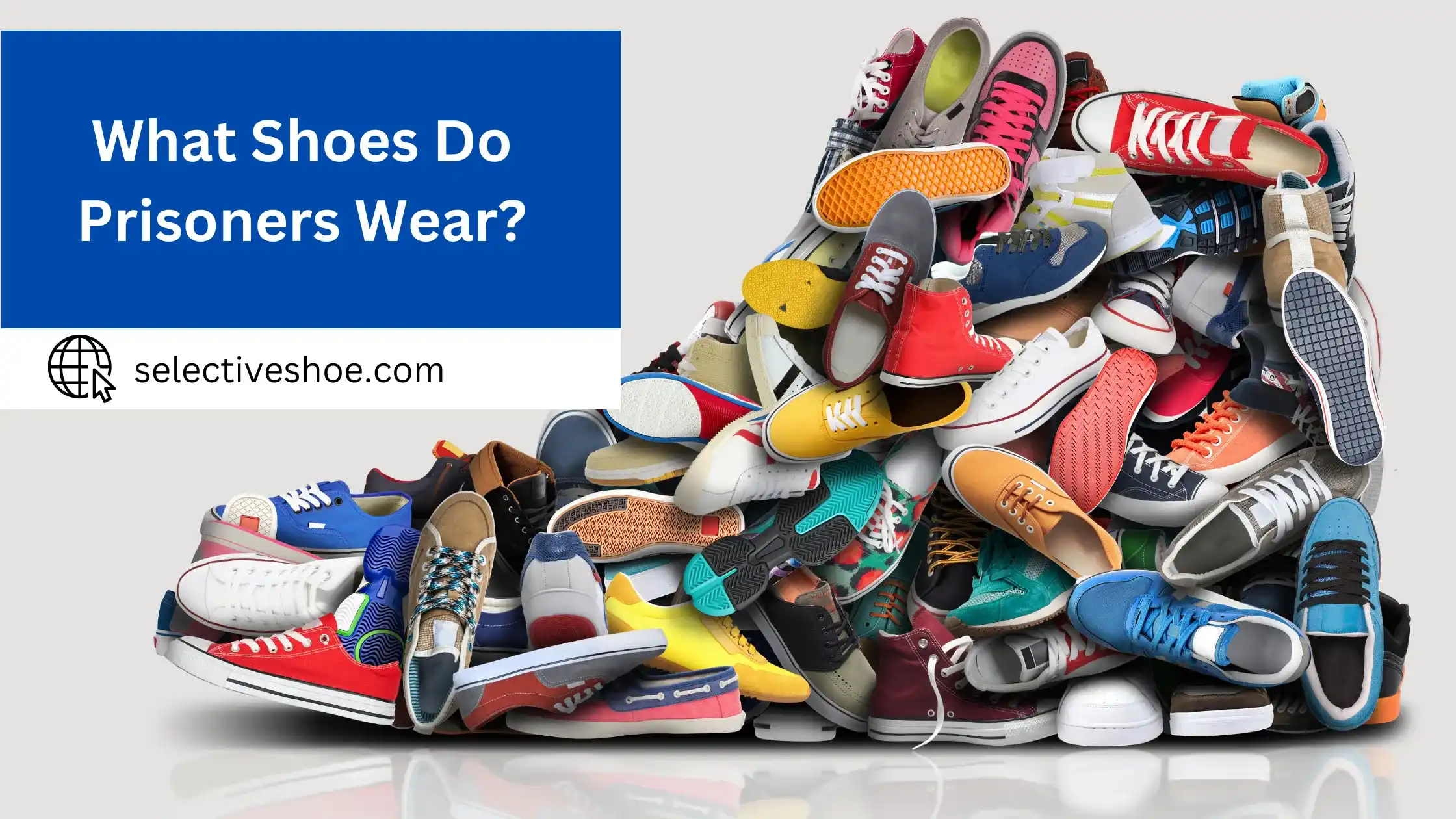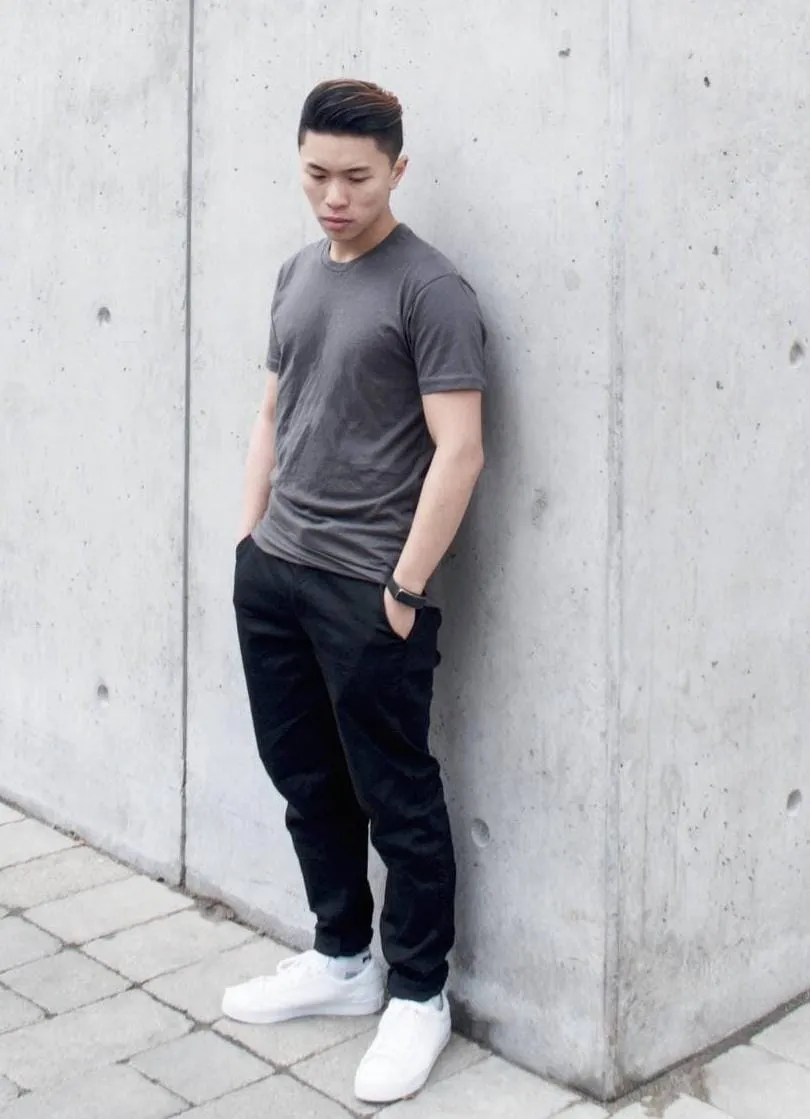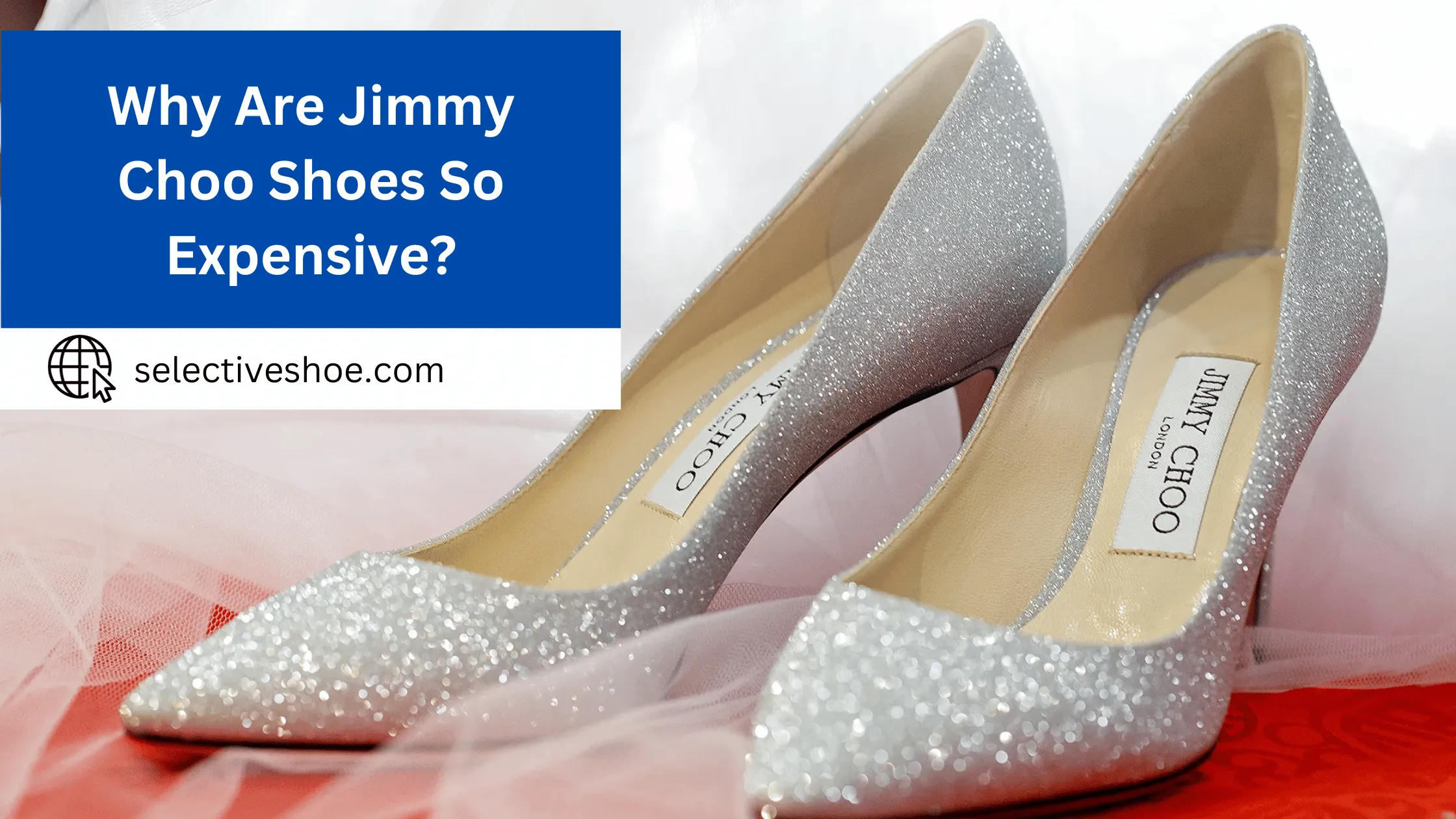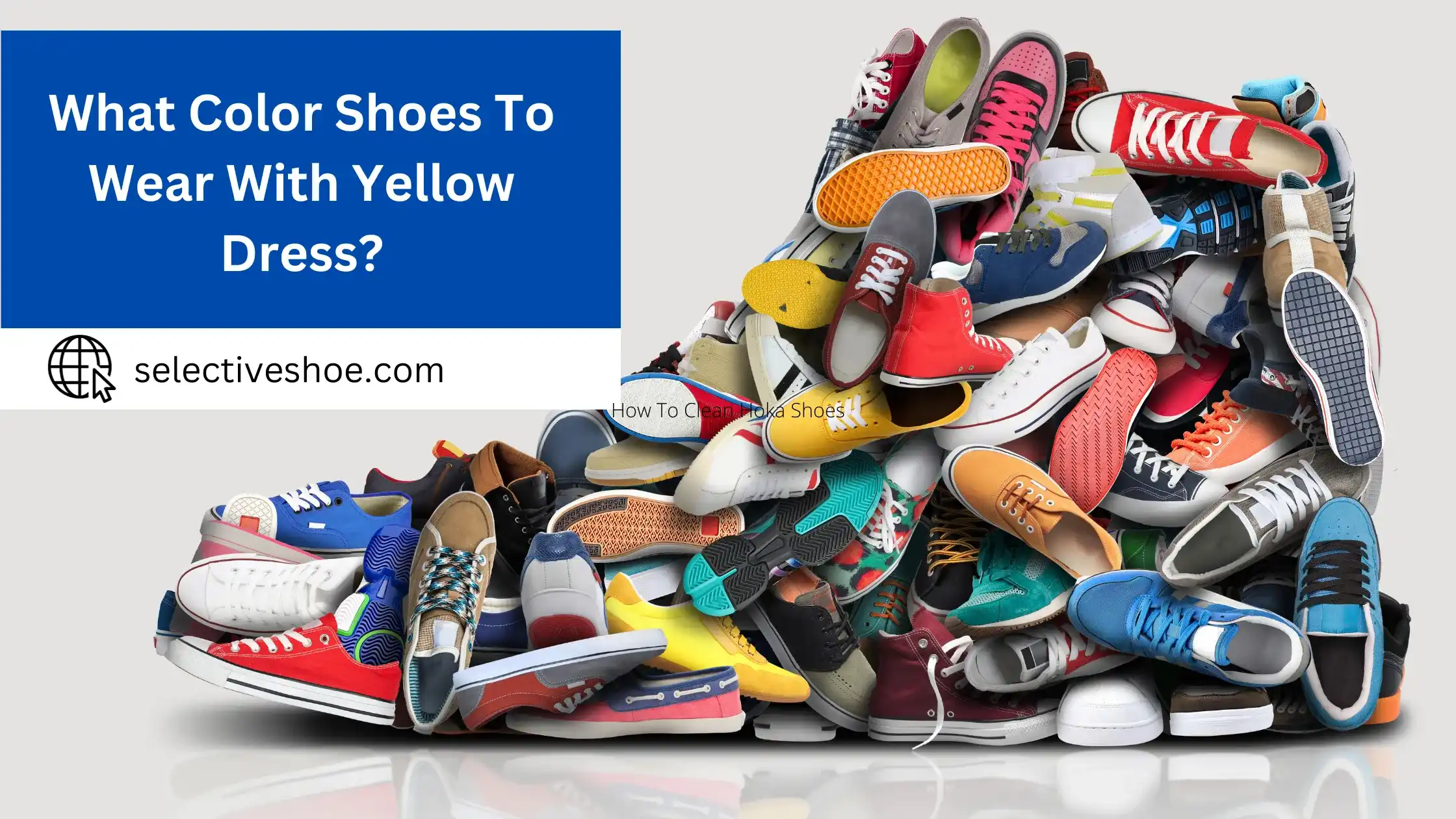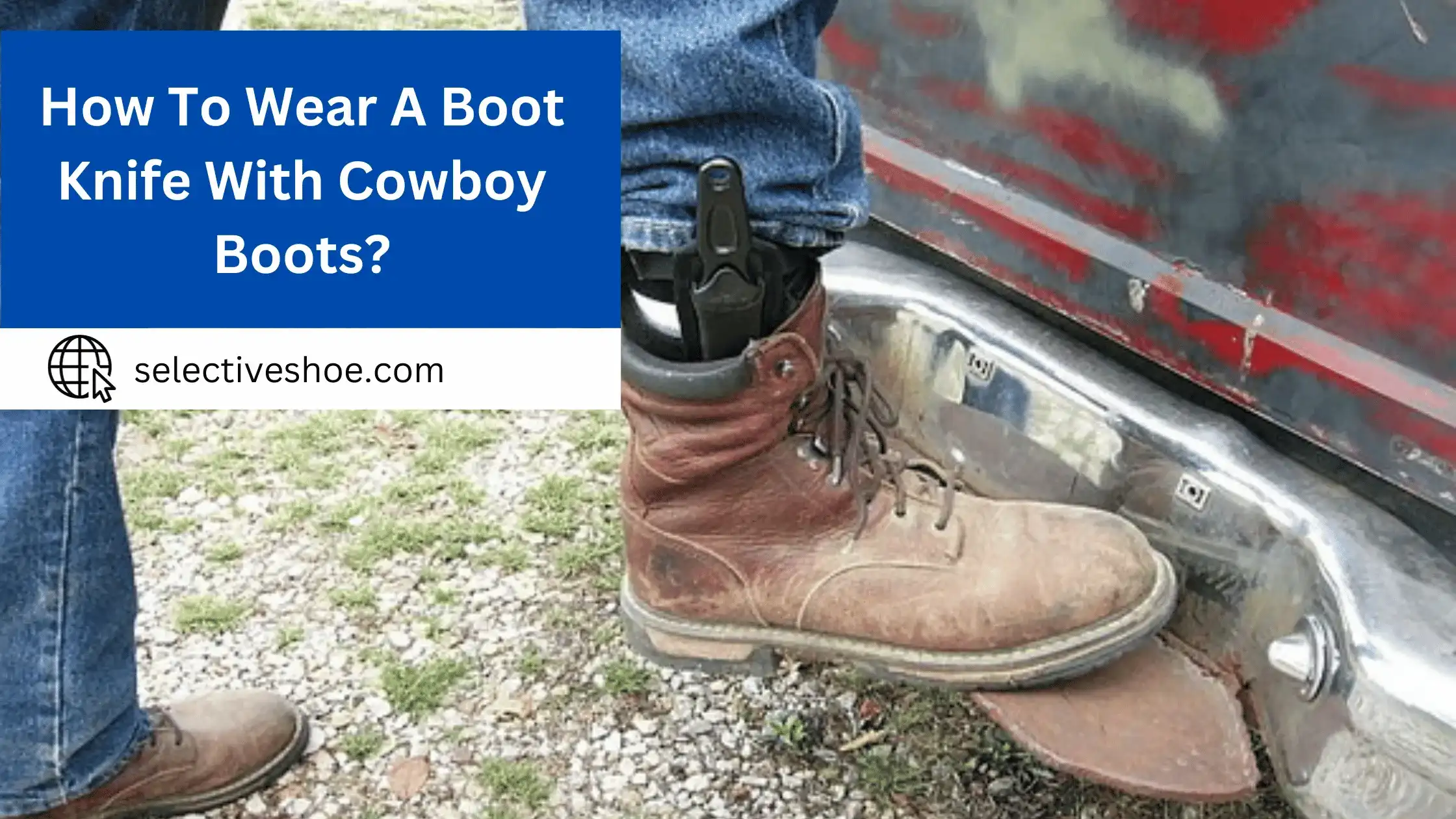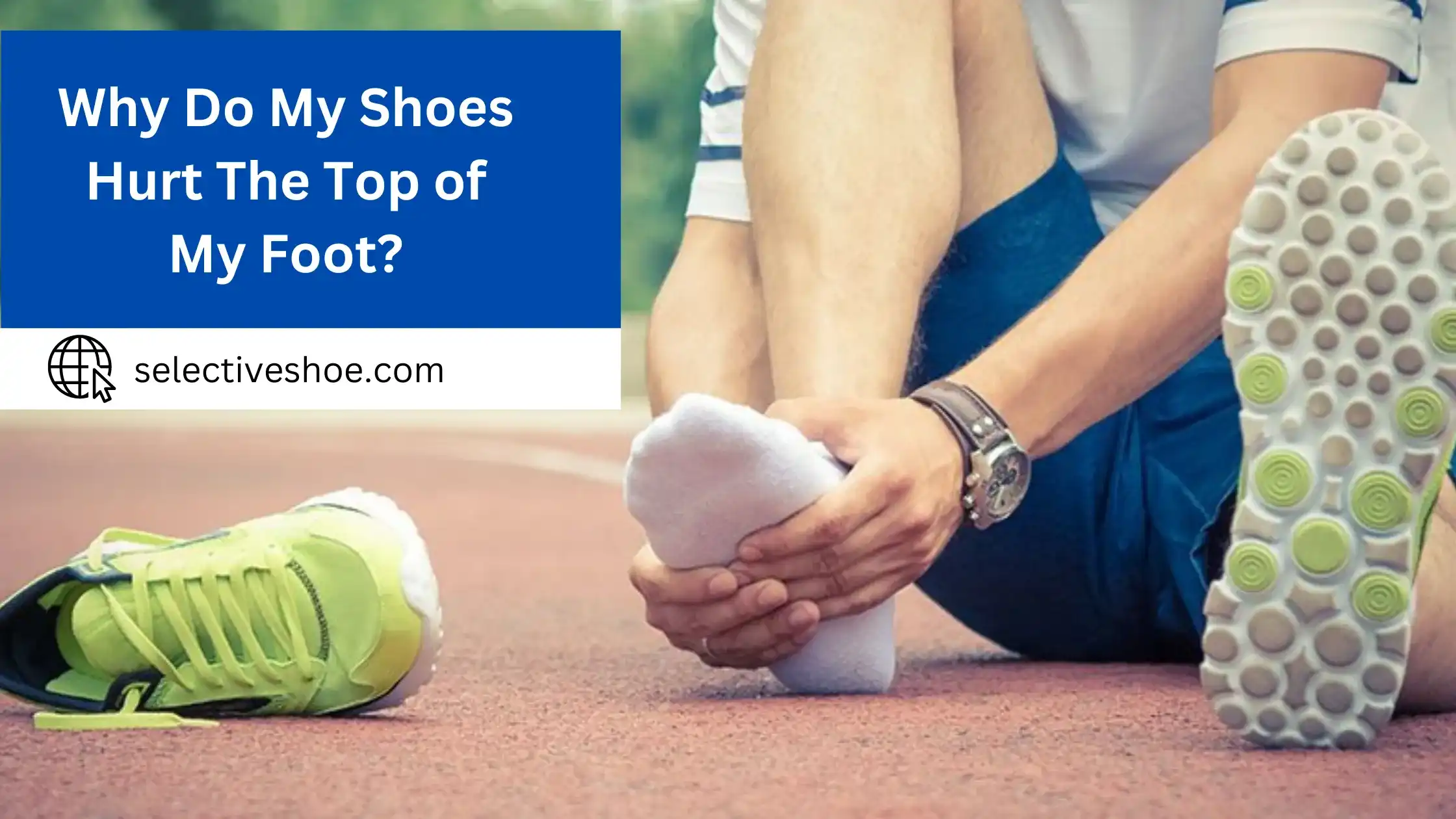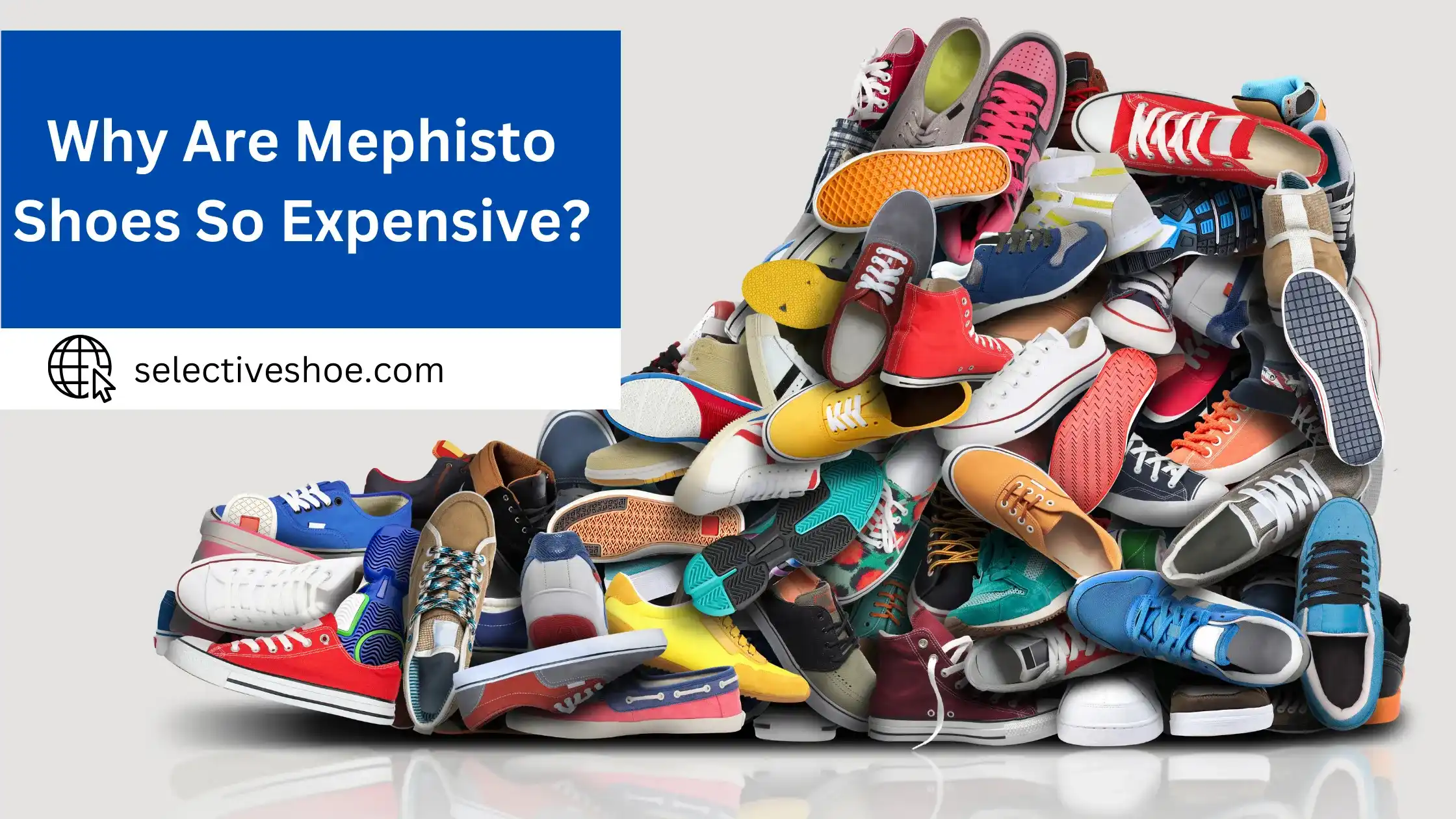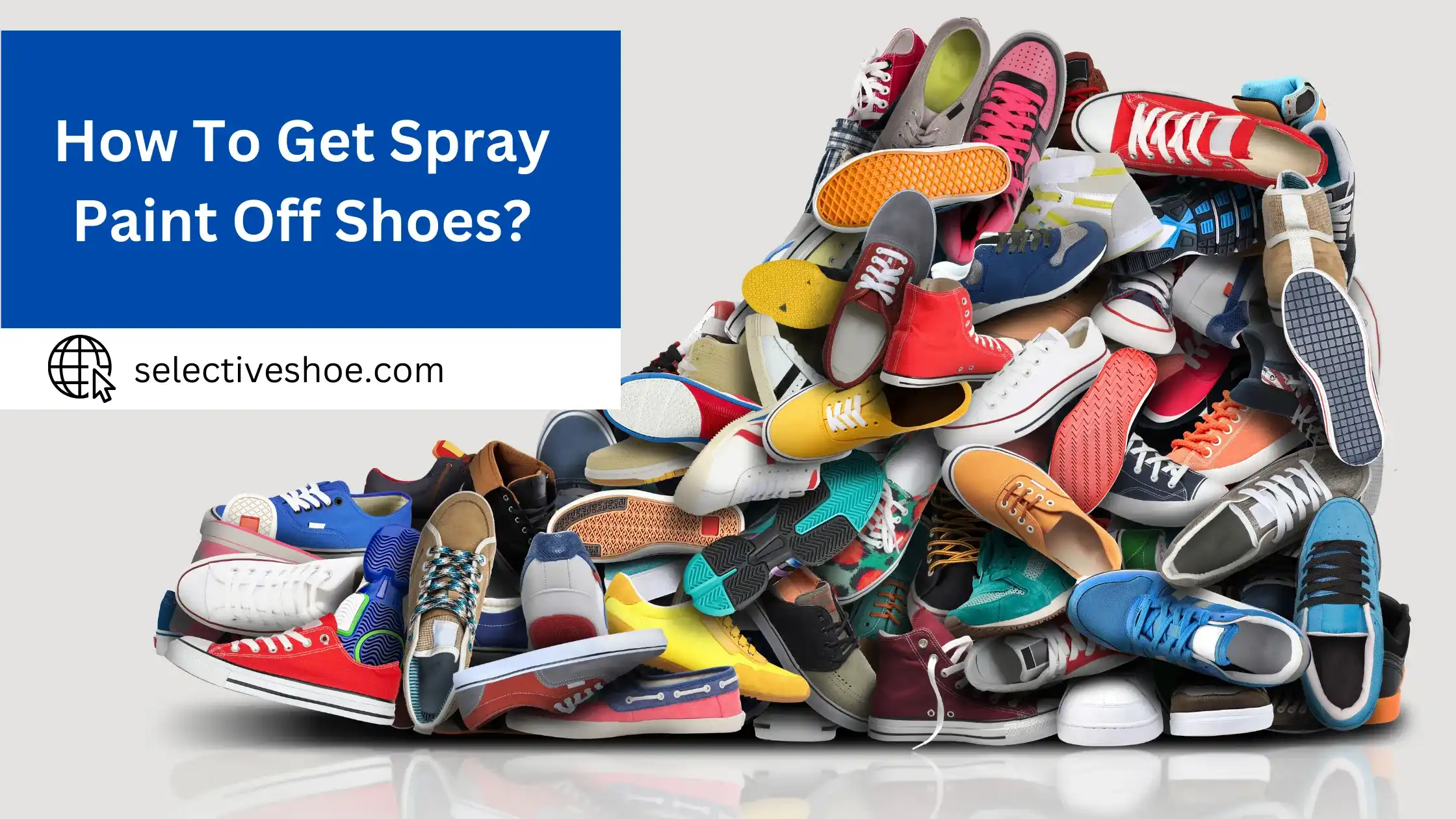When people think of prison, they usually think about cold cell walls, basic food rations, and grueling work. Shoes might be an overlooked facet of prison garb but they’re an important part of a prisoner’s life not just in terms of comfort but also for safety.
Here, we’ll dive into all sides of the issue and explore what different prisons require their inmates to wear on their feet during their sentences. We’ll look at why certain shoe types may be favored over others, how researching the right pair can make incarceration more bearable, and even some notorious styles worn by famous prisoners throughout history!
Safety and Security -The Rationale Behind Prison Shoe Choices:
The primary reason for standardized footwear in prisons is safety and security. For instance, shoes with metal components could be used as weapons or tools for escape, so they are generally avoided. The materials are often sturdy yet simple to prevent them from being manipulated into contraband items.
Functionality and minimalism are key elements in the design of prison shoes. The lace-less design prevents prisoners from using laces as makeshift weapons or tools for self-harm. The solid construction with rubber soles also minimizes the risk of slip-and-fall accidents within the prison environment, which can often be wet or uneven.
A Closer Look - Different Types of Shoes Worn by Prisoners:
Sneakers - Comfort and Practicality:
Many prisons issue basic sneakers to inmates for general day-to-day activities. These sneakers are often plain, with minimal design, and focus on basic comfort. They are suitable for exercise, walking within the facility, and even work assignments.
Slip-Ons - Ease and Convenience:
Slip-on shoes, sometimes resembling slippers or canvas loafers, are commonly used in low-security settings or within specific prison areas, such as cells or communal spaces. They are easy to put on and take off but offer less support than sneakers.
Work Boots - Protection in Labor Intensive Tasks:
Inmates assigned to work duties that require additional foot protection, like kitchen work or maintenance tasks, may be issued work boots. These boots typically have reinforced toes and are made of durable material to ensure safety.
Who Makes Prison Shoes?
Interestingly, the manufacture of prison shoes is often a subject of ethical discussion. In many instances, the shoes are produced by the inmates themselves as part of prison labor programs.
While this provides prisoners with skills and a minor income, it also raises questions about the ethics of such labor, especially if the prisoners are not paid a fair wage. Some prison systems contract external manufacturers to produce the shoes, but this is less common and usually more expensive.
The Role of Shoes in Prison Uniform Regulations:
While the primary role of shoes in a prison setting revolves around functionality and security, footwear can also take on symbolic meanings within the microcosm of prison culture. Here’s how shoes can become significant markers in the unique social ecosystem of a prison.
Status and Hierarchies:
In a system where individuality is often suppressed by uniformity, even small variations can become significant. A specific type of shoe or even a certain way of lacing one’s shoes can become markers of status within the prison hierarchy. In some cases, access to more comfortable or “luxurious” footwear can be a sign of rank or privilege, sometimes acquired through good behavior, connections, or underground trade.
Trade and Barter:
Shoes can become a form of currency within the closed economy of a prison. They might be bartered for other goods like food, toiletries, or other contraband. Sometimes, specific types of footwear that are in high demand like athletic shoes for sports activities can fetch a “higher price” in this unique marketplace.
Group Affiliation:
Footwear may also be used to signify group affiliations, including gangs or other social groups within the prison. While most prisons strive to minimize visible indicators that can signify gang membership, inmates often find subtle ways to use their clothing and footwear as identifiers. However, such signaling is risky and can often be grounds for disciplinary action if discovered by prison authorities.
Psychological Impact:
The act of being issued standardized footwear upon entry serves as a ritual that reinforces the loss of personal freedom and individuality, much like the rest of the prison uniform. On the flip side, earning the privilege of wearing a different type of shoe for good behavior or special tasks can serve as a psychological boost, offering a small semblance of identity and autonomy.
Cultural and Generational Differences:
Footwear choices and their associated symbolism can also differ across cultural or generational lines. Older inmates might have different views on what types of shoes are desirable or symbolic compared to younger inmates who have been influenced by more recent trends and fashions.
Prison Shoes and Health Concerns - Addressing Foot Problems Among Inmates:
Health considerations are another important aspect of prison shoe choices. Inmates often spend long periods on their feet, either standing or walking, making the quality of footwear a significant concern for their well-being. Poorly fitted or overly worn shoes can lead to various foot problems such as fungal infections, blisters, and ulcers.
To address these issues, prison medical services sometimes offer foot assessments and can provide special shoe inserts or recommend specific types of footwear for inmates with foot problems. Some facilities may also have protocols for sanitizing shoes regularly to minimize the spread of foot diseases.
For inmates with chronic health issues like diabetes, which can result in foot-related complications, more specialized care and footwear options may be provided. These considerations underscore the complex relationship between prison shoes and inmate health, requiring a balanced approach that addresses both security concerns and the well-being of prisoners.
Conclusion:
The choice of footwear in prison settings is a complex issue that balances safety, security, comfort, and health considerations. From the utilitarian design of prison-issued sneakers and work boots to the symbolism that these shoes can carry, footwear serves multiple roles in the lives of incarcerated individuals. By understanding the various types of shoes and the rationale behind their use, one can gain a deeper insight into the day-to-day realities and challenges within the prison system.
